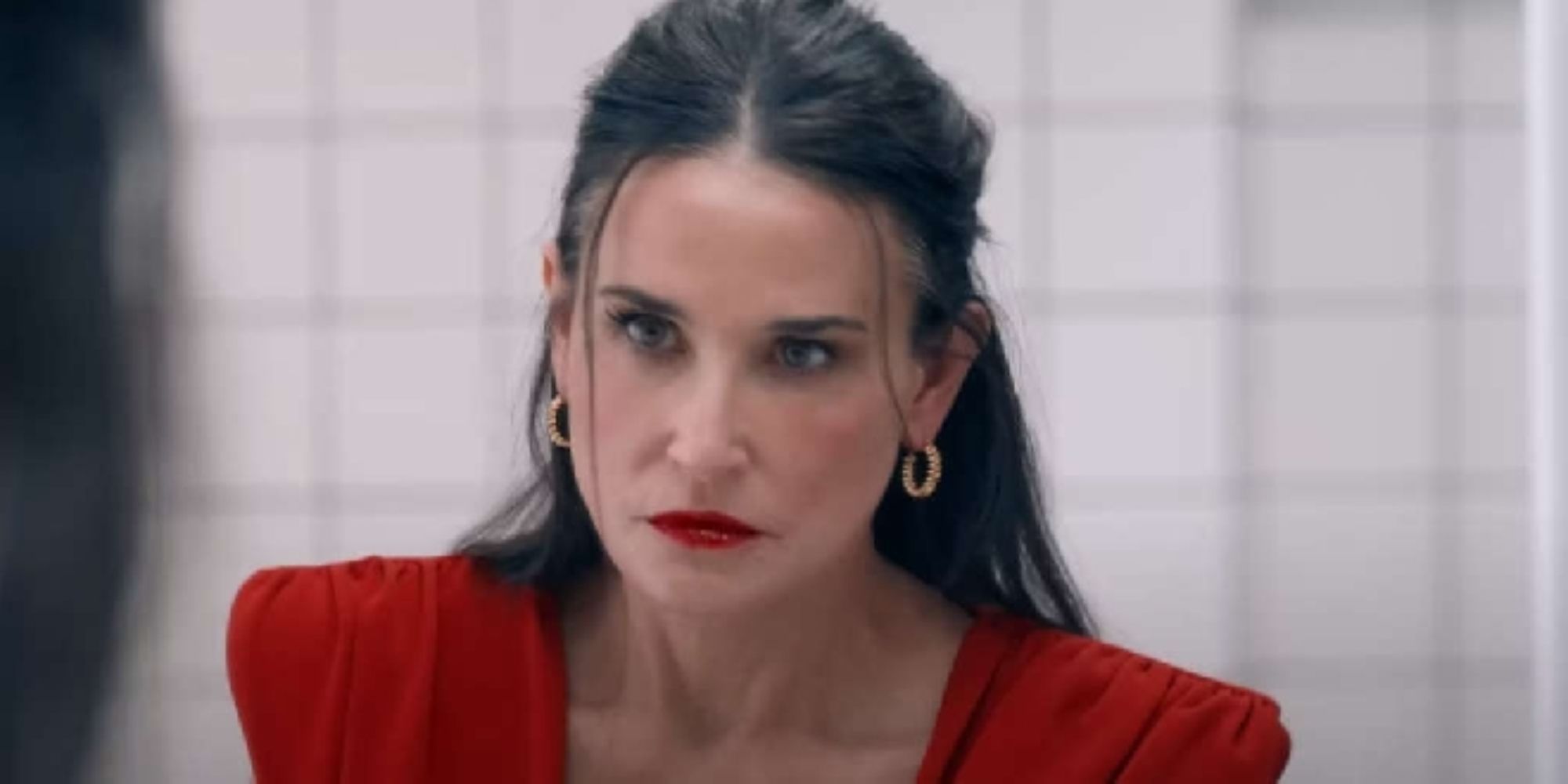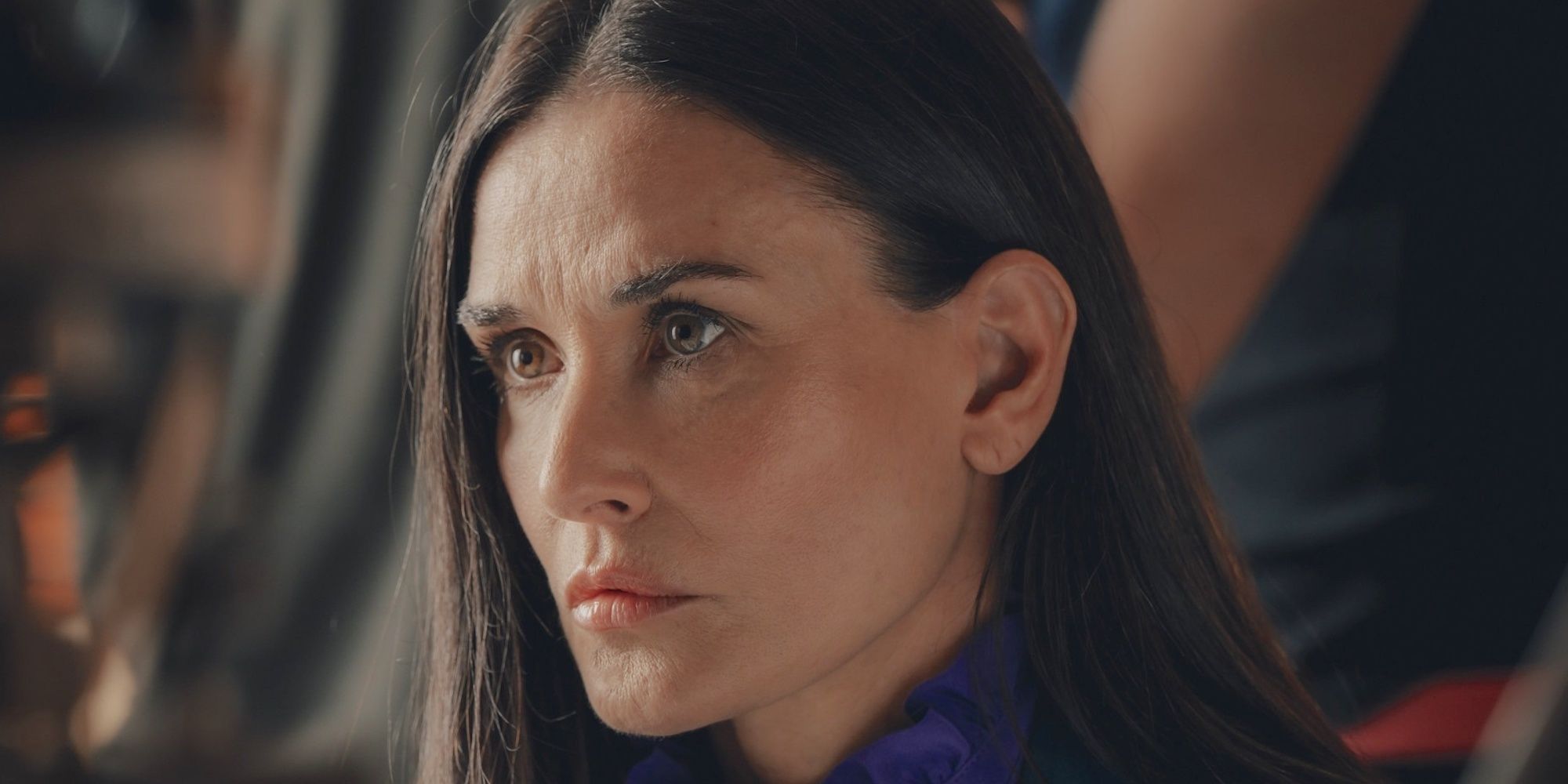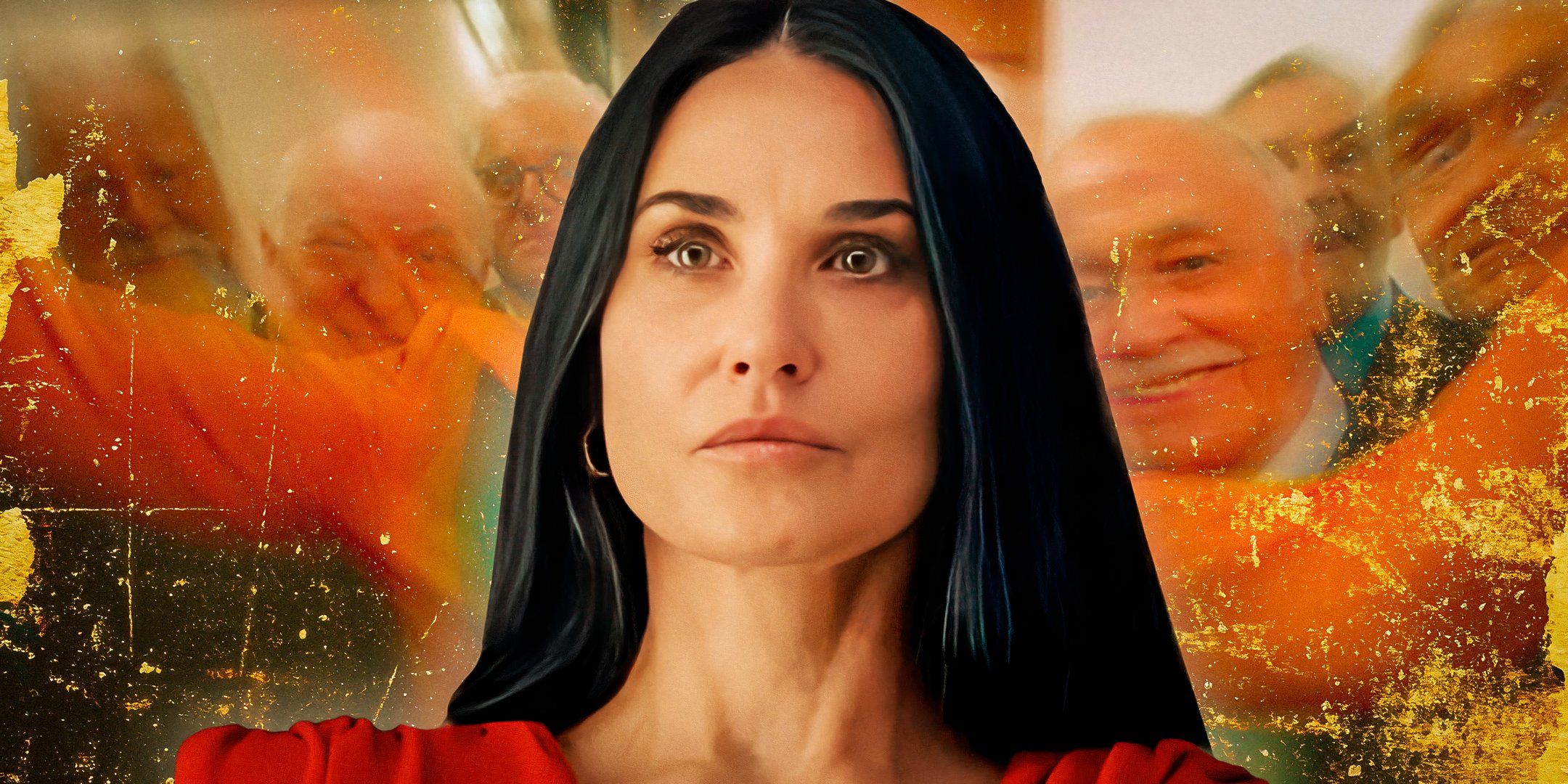The Substance Ending - What It All Means
The recent picture, "The Substance," has certainly gotten people talking, hasn't it? It’s a piece of cinema that leaves a real mark, particularly its final moments, which seem to stick with you long after the credits roll. There’s been quite a bit of discussion, so it seems, about what exactly happens and what it all truly points to.
This film, you see, tells a story that is, in a way, both deeply unsettling and thought-provoking. It centers on a Hollywood figure who, facing the pressures of getting older, decides to try a rather unusual product. This product, a sort of special fluid, promises a new, younger self. However, as is often the case with such big promises, there are some truly upsetting results that unfold.
Many folks are wondering just what these final scenes are meant to tell us. Is it a simple scare, or is there something deeper being said about our society and how we view things like age and outward appearance? The way the story wraps up, well, it certainly brings up a lot of those kinds of thoughts, you know?
Table of Contents
- The Initial Spark - Elisabeth's Story
- What Pushes Elisabeth to Seek a New Self in the Substance Ending?
- The Serum's Effect - A Risky Proposition
- How Does the Mysterious Product Work in the Substance Ending?
- The Body's Unsettling Change
- Why Does the Transformation Become So Extreme in the Substance Ending?
- The Film's Core Message
- What Does the Final Scene Tell Us About the Substance Ending?
The Initial Spark - Elisabeth's Story
The story begins with a character named Elisabeth Sparkle, a woman who once shone brightly as a Hollywood actress. She has, you might say, transitioned into a role as a television aerobics host. Yet, as time moves on, Elisabeth finds herself getting older, and the spotlight, it seems, is fading a bit. This feeling of being less seen, of her past glories slipping away, really starts to weigh on her. She feels a deep need, honestly, to get back what she believes she has lost, that sparkle she once had. This longing for a renewed sense of self, a return to a perceived golden age, sets the whole unsettling chain of events in motion for her. It’s a very human feeling, this desire to hold onto youth and what comes with it, isn't it?
Her situation is, in some respects, a reflection of a wider pressure often felt by people in the public eye, particularly women. The picture makes it quite clear that the expectations placed upon Elisabeth to maintain a youthful look are intense. This pressure, to be fair, is a big part of what pushes her to consider drastic measures. She is, for all intents and purposes, searching for a way to stay relevant, to feel valued in a world that seems to prize only the very young. So, her decision, while extreme, comes from a place of deep personal struggle and societal influence, which is a bit sad to think about.
What Pushes Elisabeth to Seek a New Self in the Substance Ending?
So, what exactly drives Elisabeth to go down this path, this road that leads to such a startling close? Well, it’s a strong desire to get back her former self, the one she feels the world has forgotten. She’s an older Hollywood figure, you know, a TV aerobics host, and she just really wants to feel that youthful energy and recognition again. The film suggests, too it's almost, that this wish isn't just about vanity; it’s about her entire sense of worth and how she fits into things. She believes that a younger appearance will bring back her career and her place in the world, which is a rather common idea in certain circles, as a matter of fact.
The societal message, as shown in the film, is pretty loud and clear: youth often equals visibility, and getting older can mean becoming, well, less seen. Elisabeth's actions are a direct response to this harsh truth. She’s not just looking for a quick fix; she’s looking for a way to survive in an industry that, apparently, has little room for those who show signs of age. Her choice, then, is a desperate attempt to stay in the game, to hold onto what she had, and it’s a choice that shapes everything that comes after, right up to the very end of the story.
The Serum's Effect - A Risky Proposition
At the core of this unsettling tale is a mysterious product, a special fluid simply called "the substance." This concoction, as the story tells us, promises something quite extraordinary: the ability to create a completely new, younger version of oneself. It's presented as a kind of scientific wonder, a way to cheat time, so to speak. However, like many things that seem too good to be true, this product comes with a set of deeply unsettling conditions. The film, actually, makes it clear that while the initial appeal is strong, the underlying reality is far from simple, or even safe, for that matter.
The idea behind this liquid is that it splits a person into two distinct forms: one that stays the same, and another that is entirely fresh and young. This process, while seemingly magical, carries a heavy price. The story hints at a delicate balance that must be maintained between these two versions, a sort of shared existence where one's well-being depends on the other. This setup creates a rather tense dynamic, as the characters involved must constantly manage this unusual relationship, which, as you can imagine, leads to all sorts of trouble. It's quite a fascinating, if disturbing, concept, you know?
How Does the Mysterious Product Work in the Substance Ending?
So, how does this puzzling product, "the substance," actually do what it does? Well, it’s presented as a serum that creates a younger version of a person, essentially splitting them into two separate beings. One is the original, getting older self, and the other is a fresh, youthful copy. The film suggests that these two forms are linked, sharing a life force, so to speak. This connection means that what happens to one can affect the other, which is, honestly, a pretty scary thought when you consider it. It’s not just a simple swap; it’s a complex and rather unsettling bond that forms between the two versions.
The picture shows that this body-switching process, where the two versions trade places or share time, is part of the deal. It’s a way for the older self to experience youth again, but it’s also where the real problems start. The product, it seems, demands a sort of give-and-take, a balance that is very hard to keep up. As the story progresses, we see how this delicate arrangement begins to fall apart, leading to some truly horrifying outcomes. The very mechanism that promises renewal ultimately brings about decay, making the way it works a central piece of the film’s upsetting conclusion.
The Body's Unsettling Change
As Elisabeth continues to use the product, her body starts to undergo some truly unsettling changes. The film, being a body horror picture, does not shy away from showing the physical decay that accompanies the creation and maintenance of her younger self, Sue. These changes are not just a bit uncomfortable; they are deeply disturbing to watch. What begins as a promise of renewed beauty turns into a slow, visible breaking down of the original form. It’s a rather stark visual representation of the price being paid for this unnatural youth, something that really makes you think about what we value.
We see Sue, the younger version, as she gets ready for New Year's Eve, and it's clear she's in a tough spot. Her body starts to show truly alarming signs of trouble. Her teeth, for example, begin to fall out, and her ears, too, just drop away. These are not just small issues; they are clear signals that the balance between the two versions of Elisabeth is severely off-kilter. The physical deterioration is a constant, visible reminder of the deadly consequences that were hinted at from the very start. It’s a very unsettling visual narrative, honestly, that underscores the film's deeper message about the cost of chasing an impossible ideal.
Why Does the Transformation Become So Extreme in the Substance Ending?
So, why does this change, this shift in the body, become so very extreme as the film moves towards its close? Well, it seems the product, "the substance," demands a constant give-and-take between the two versions of Elisabeth. When the balance is disturbed, particularly when the younger self, Sue, starts to take too much from the original, the older body begins to fall apart in truly gruesome ways. The film shows that this isn't just a minor side effect; it's a fundamental breakdown, a sort of horrific consequence of trying to separate and control life itself. The extreme nature of the transformation is, in a way, a visual shouting of the film’s core message about the dangers of chasing an artificial ideal.
Elisabeth, the original, wakes up in a body that is completely changed, twisted and not at all what it should be. She tries, rather frantically, to get in touch with the makers of "the substance," wanting to put a stop to the whole terrible experience. She even gets a 'termination' kit, planning to end the cycle. Yet, for some reason, she doesn't stop it. The picture doesn't fully spell out why she keeps going, but it implies a deep-seated inability to let go of the idea of youth, even as her body suffers so much. This inability to halt the process, despite the clear pain, makes the final transformation all the more unsettling and, frankly, quite sad.
The Film's Core Message
The ending of this picture, "The Substance," truly brings out the main idea of the whole story. It’s a close that is both deeply sad and truly frightening, all at the same time. This final shift in Elisabeth’s form, the way her body ultimately breaks down, speaks volumes about the themes the film has been exploring from the very start. It’s not just a simple horror movie scare; it’s a commentary, a rather sharp one, on bigger

The Substance Ending, Explained

'The Substance' Ending Explained - How Far Will Demi Moore Go For Youth

The Substance Ending Explained